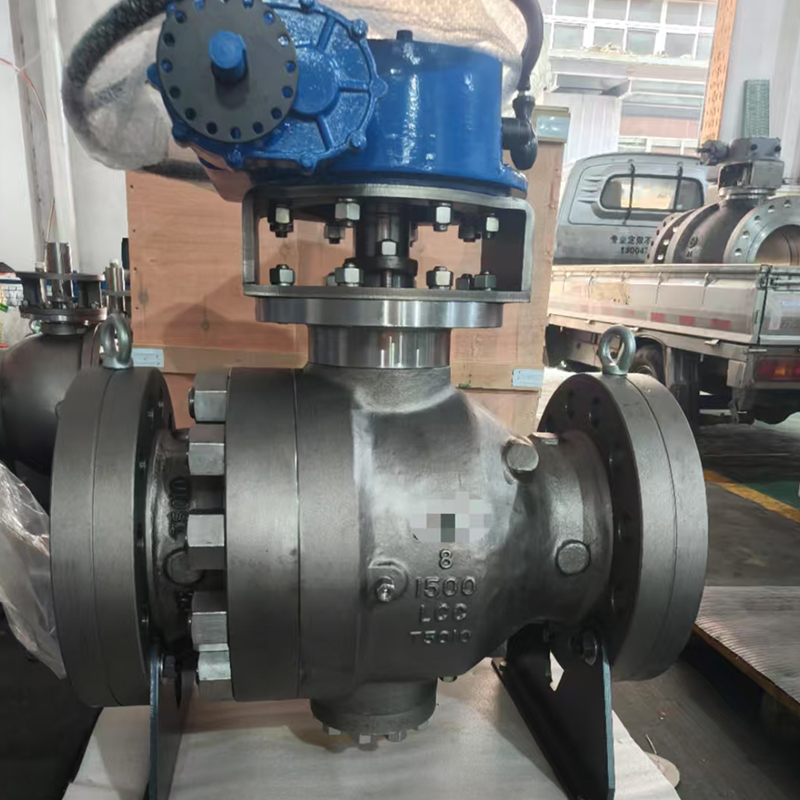
The stainless steel bellow globe valve has become a reliable solution for fluid regulation in many industrial sectors, particularly in applications involving hazardous, corrosive, or high-temperature media. Its development has been driven by the need for more secure sealing methods and improved operational safety in critical pipeline systems.

Originally, conventional globe valves with traditional stem packing were common in pipeline systems. However, over time, issues such as packing wear, leakage, and maintenance requirements prompted the industry to search for more advanced sealing technologies. This demand led to the introduction and refinement of the stainless steel bellow globe valve. Its key feature is the use of a metal bellows sealed around the valve stem, which effectively isolates the fluid from the external environment. This design significantly reduces the risk of leakage and helps maintain system integrity.
Stainless steel, specifically grades such as SS 304 and SS 316, is often used for the valve body and bellows due to its strong corrosion resistance, durability, and temperature tolerance. These properties make the stainless steel bellow globe valve suitable for industries like petrochemical, pharmaceutical, and power generation, where leak prevention is critical.
In addition to safety, the design also offers long service life and reduced maintenance, making it cost-effective over time. The bellow seal mechanism helps minimize fugitive emissions, aligning with environmental and safety regulations. Overall, the development of the stainless steel bellow globe valve reflects the industry's shift toward more secure, sustainable, and efficient valve technologies in response to growing operational demands.
The straight pattern globe valve has found increasing relevance in modern pipeline design, particularly where space optimization and streamlined flow are necessary. Its emergence is closely linked to the evolving needs of industries looking for straightforward and efficient valve designs that can handle routine flow regulation with minimal resistance.
Unlike other globe valve configurations—such as angle or Y-pattern designs—the straight pattern globe valve features an in-line body layout. This configuration allows the fluid to flow straight through the valve, reducing pressure loss compared to more angular flow paths. It is especially suitable for horizontal pipeline installations where simplicity, ease of access, and predictable performance are important.
The opportunity for this valve's wider use has been strengthened by its compatibility with various pipeline materials and its ability to manage both gaseous and liquid media under moderate pressure and temperature conditions. The relatively simple design makes it easier to manufacture, install, and maintain, which is appealing to industries seeking cost-effective and reliable flow control solutions.
In recent years, the increasing demand for compact and efficient systems in sectors such as water treatment, HVAC, and industrial manufacturing has contributed to the adoption of straight pattern globe valves. These systems often require consistent flow regulation without the complex demands of high-pressure or high-temperature environments, making the straight pattern valve a practical choice.
Furthermore, the valve's structure supports better flow dynamics in systems that demand a more linear path, which can help improve overall efficiency. Its emergence is not a replacement for other valve types, but rather a response to specific design needs that favor its streamlined characteristics.

